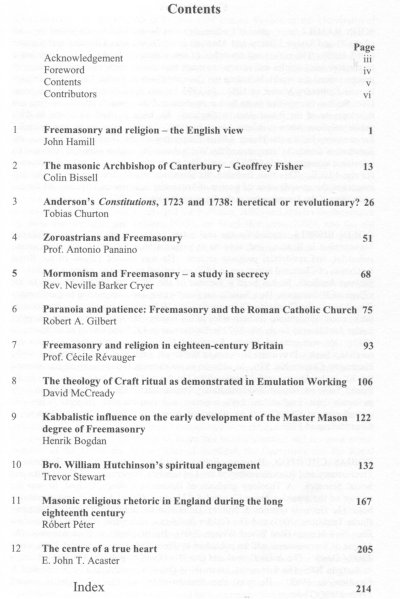 |
| Rivista di Massoneria - Revue de Franc-Maçonnerie - Revista de Masonerìa - Revista de Maçonaria |
|---|
| History Literature Music Art Architecture Documents Rituals Symbolism |

|
 |
| Rivista di Massoneria - Revue de Franc-Maçonnerie - Revista de Masonerìa - Revista de Maçonaria |
|---|
| History Literature Music Art Architecture Documents Rituals Symbolism |

|
The Canonbury Papers - Vol. 3.Freemasonry and Religion
|
 |
|
Foreword  |